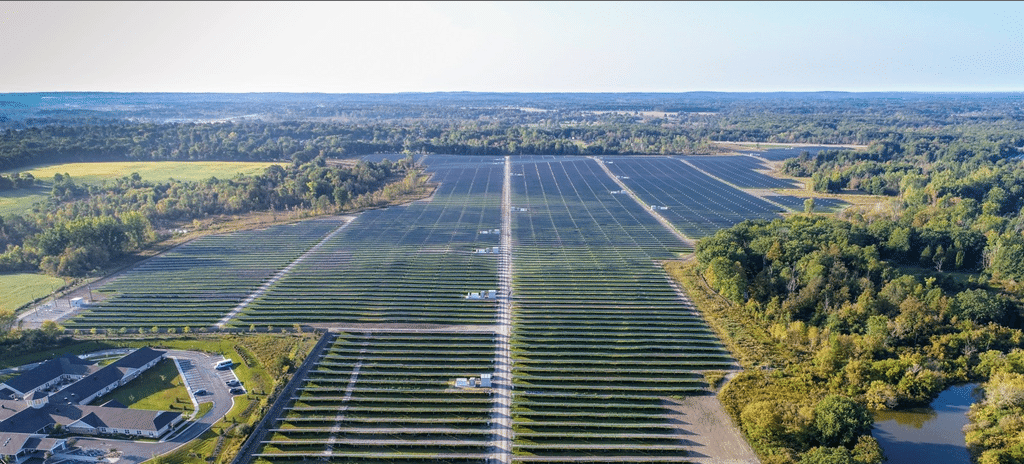In all of the drama around federal tax reform and tariffs under Section 201, some important state-level policy developments have fallen under the radar. Specifically, in Michigan, a regulatory battle is playing out that is threatening to stall the progress of the state’s transition to renewable energy.
In 2017, Michigan regulators set up a framework for paying for renewable energy projects under the Public Utilities Regulatory Policy Act of 1978 (PURPA). PURPA has been a major driver for booms in solar markets including North Carolina and Utah, but has been resisted in Montana, Idaho and other states where regulators sided with utilities who objected to being forced to buy power from solar and wind installations.
Unlike those states, advocates say that the Michigan Public Service Commission (MPSC) was actively setting details to implement PURPA with the aim of encouraging solar development in the state, including setting favorable rates and providing 20-year contract lengths for projects 2 MW and smaller.
However, this effort slowed down on December 20, when MPSC halted implementation of the PURPA revisions, citing a desire to resolve utility challenges to these calculations. But that was just the beginning. In new docket filed the same day, Consumers Energy, which provides electricity to more than half of the state, is arguing that it doesn’t need to buy power from PURPA-eligible facilities because it doesn’t need any new generation over the next 10 years.
This is a similar argument to ones that utilities have made in Montana and Idaho, and such arguments are often made when these utilities are facing a large number of PURPA projects. Consumers noted that in just seven months it has received requests for interconnection for more than 100 solar projects totaling 296 MW, which is more than the cumulative capacity of solar installed in the state to date.
Environmentalists and renewable energy developers are both claiming that this argument is without merit, in part because the utility will be retiring coal-fired generation. This week developer Cypress Creek Renewables, which has been actively pursuing many new PURPA markets shot back a legal response against the request to stay, and is being joined by Environmental Law and Policy Center, which has filed to intervene.
However, even if Consumers’ legal maneuver fails, it will still hold up the implementation of renewable energy projects under the new PURPA rules. It could take many months for regulators to prove that yes, Consumers does need new capacity, as they previously demonstrated in their PURPA proceeding.
The stakes are high. Cypress Creek says that it has 700 MW of solar projects under development in Michigan and plans to invest $3 billion in the state, but notes that all of this will be on indefinite hold if MPSC grants Consumers’ request for a stay in this case.
Cypress Creek has expressed confidence that MPSC will reject this move by Consumers. “We are hopeful that we will be able to place our initial projects in service in 2018”, Cypress Creek Senior VP of Regulatory Affairs Steve Levitas told pv magazine.
This content is protected by copyright and may not be reused. If you want to cooperate with us and would like to reuse some of our content, please contact: editors@pv-magazine.com.









By submitting this form you agree to pv magazine using your data for the purposes of publishing your comment.
Your personal data will only be disclosed or otherwise transmitted to third parties for the purposes of spam filtering or if this is necessary for technical maintenance of the website. Any other transfer to third parties will not take place unless this is justified on the basis of applicable data protection regulations or if pv magazine is legally obliged to do so.
You may revoke this consent at any time with effect for the future, in which case your personal data will be deleted immediately. Otherwise, your data will be deleted if pv magazine has processed your request or the purpose of data storage is fulfilled.
Further information on data privacy can be found in our Data Protection Policy.